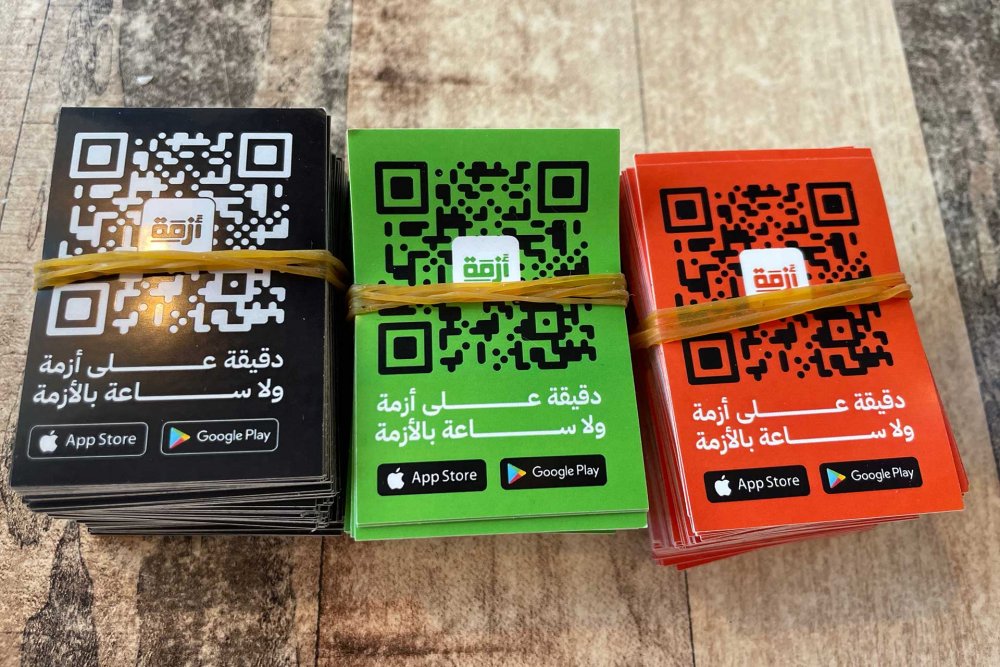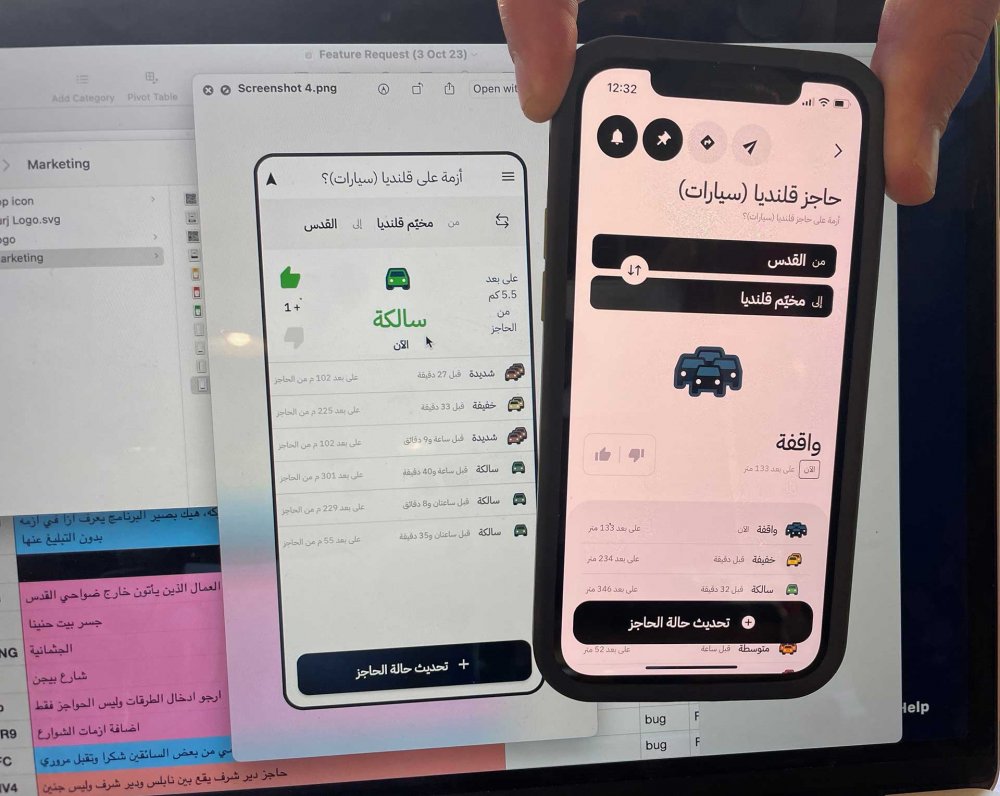“I almost got shot at the checkpoint.” This has become a common phrase for Palestinian Jerusalemites who pass through Israeli military checkpoints, where they are required to present identification papers to the Israeli officer on duty in order to proceed.
As of October 7, 2023, when Hamas staged Operation al-Aqsa Flood and Israel declared war on Gaza, driving from place to place has been particularly confusing: Are the roads completely blocked? Are they open only on certain hours of the day? Have the checkpoints been changed? Are there entrances one may not know about?
This is because Israel passed emergency laws that allowed it to change all the rules of the roads at any time. Checkpoints were completely closed for weeks, then partially opened at unpredictable times. Soldiers generally became much more likely to shoot on a hair-trigger, elevating the risk of getting lost or making a wrong turn.
So, for Palestinians, trying to figure out ways to travel and move has become an even more perplexing experience.



